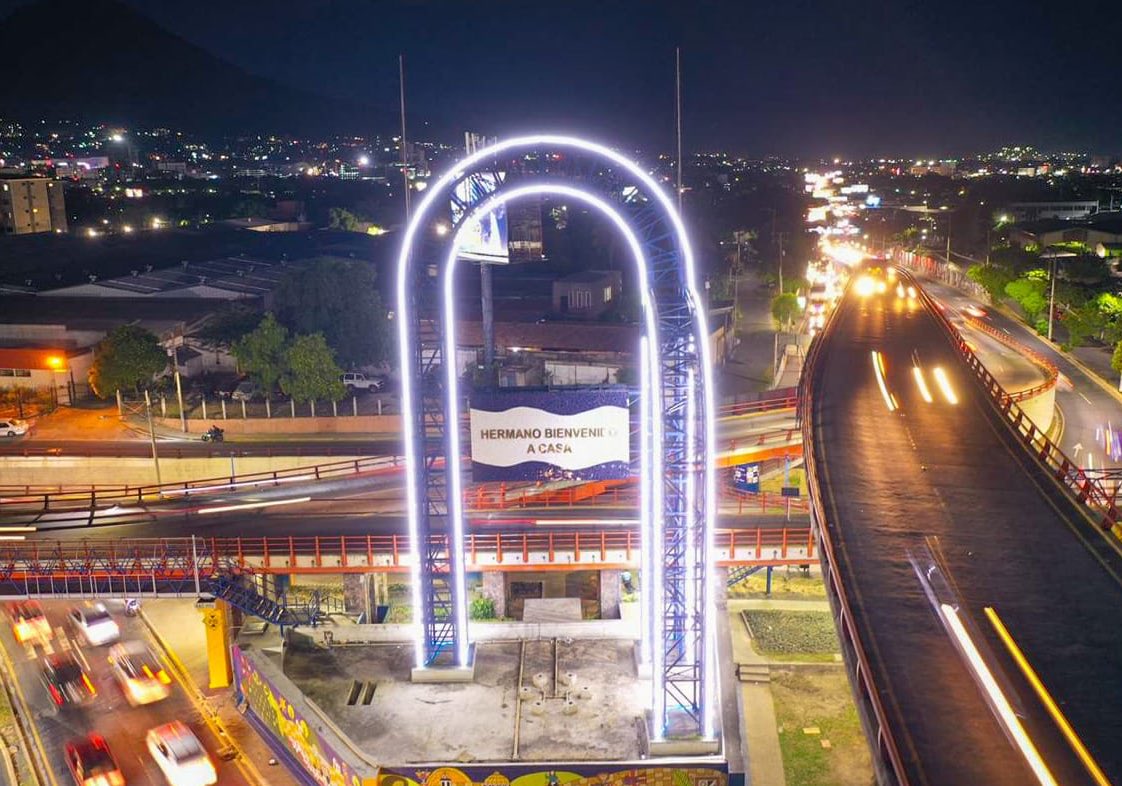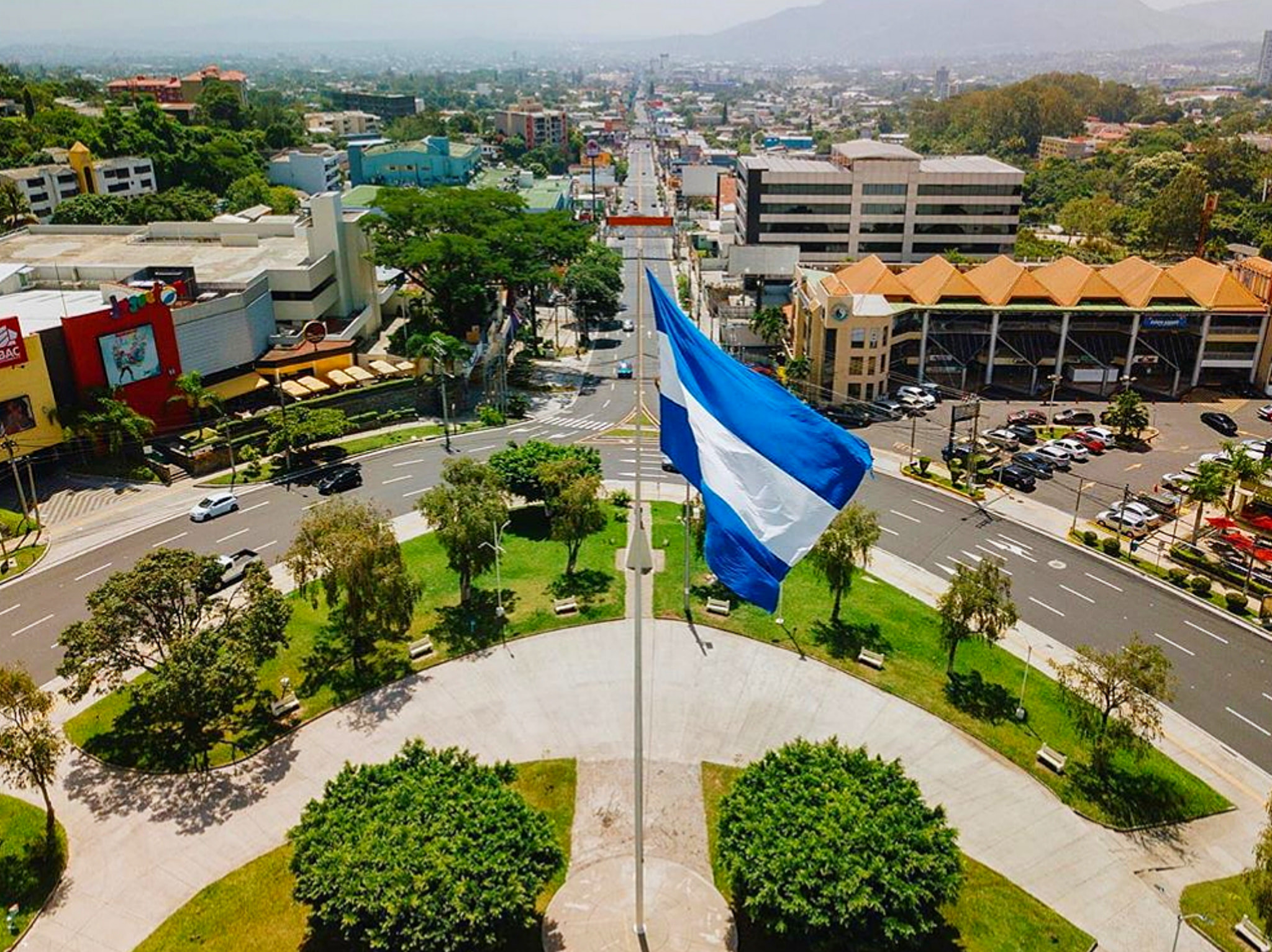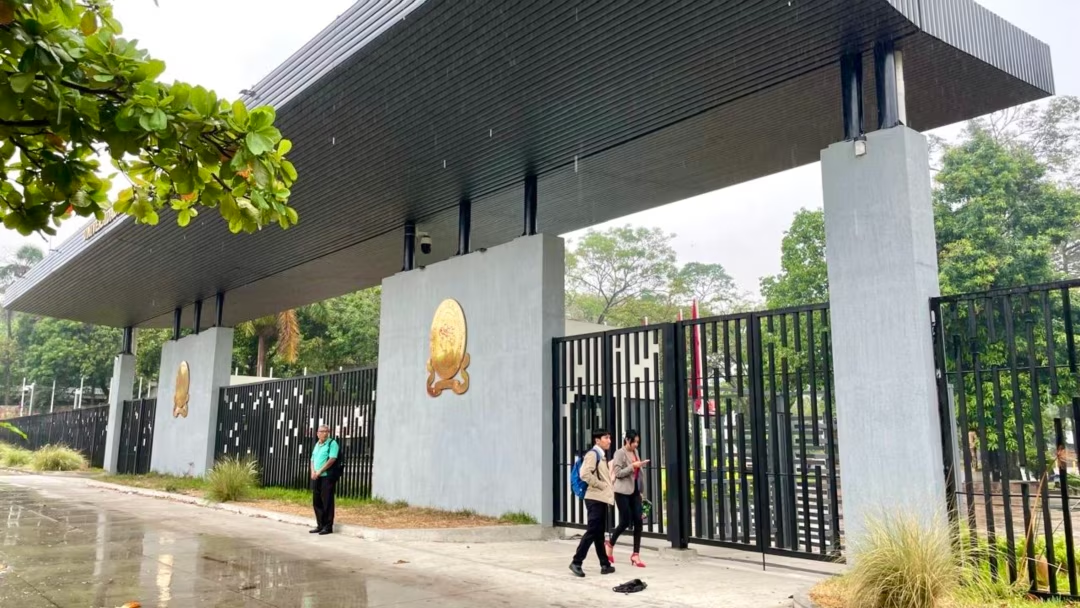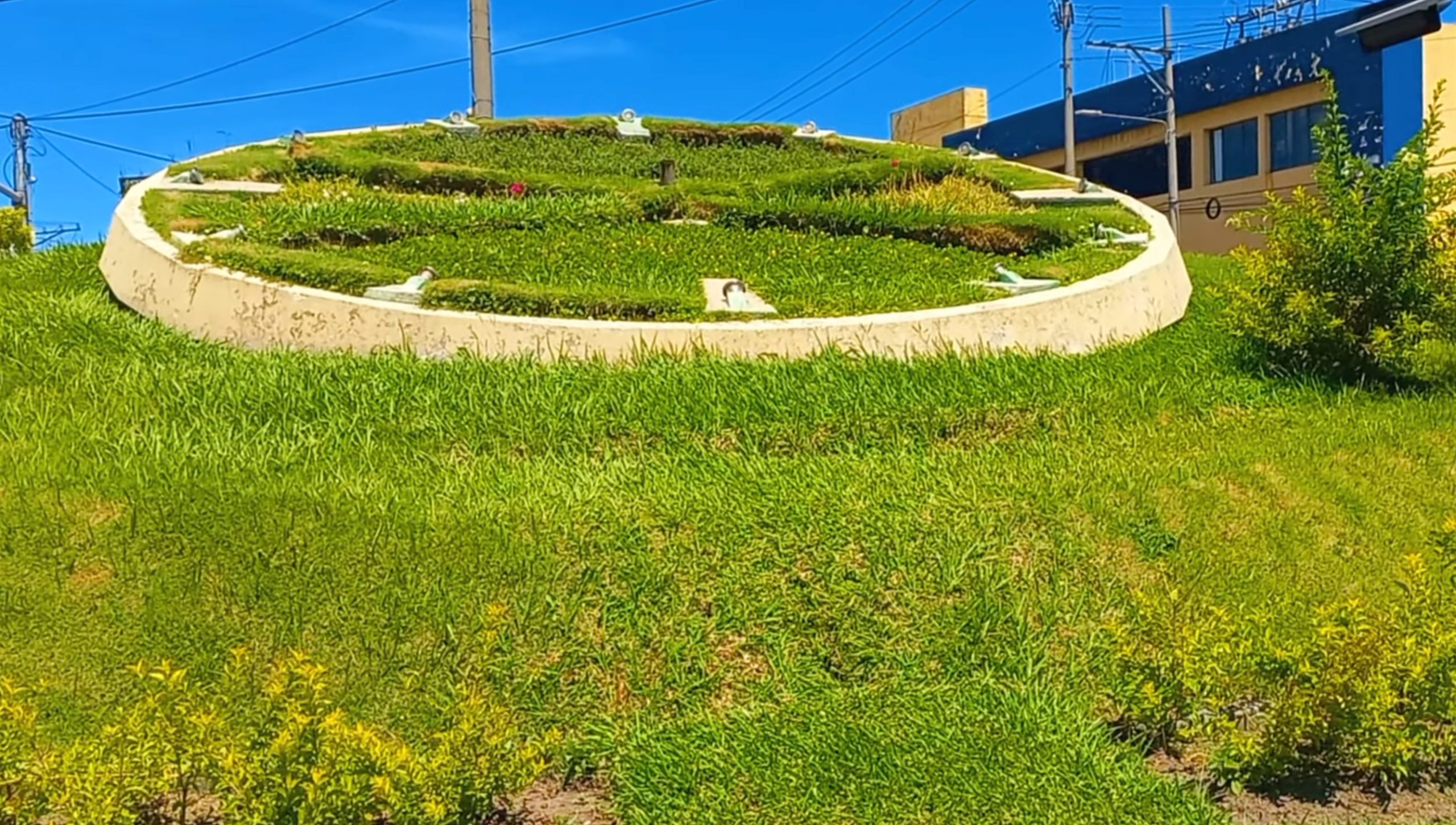How to get to the Historic Center?
Discover the most convenient ways to get to the Historic Center of San Salvador and enjoy multiple options to enjoy.
Different ways to get there
Discover all the ways you can get to the Historic Center and visit it from wherever you are.
Routes to the Historic Center
We present a series of routes from different sectors of the capital so that you can easily reach the Historic Center.
From Hermano Bienvenido a Casa
The homage to the Hermano Bienvenido a Casa is the entrance to the city of San Salvador. It welcomes us when we come from the Comalapa airport. The tour allows us to stroll through the shopping centers and important streets, until we move away from modernity and enter the historic center of San Salvador.
From Redondel Masferrer
The classic Redondel Masferrer brings together the busiest streets and avenues of San Salvador. Important stores and offices populate a single street, Paseo General Escalon, which takes you to the Historic Center of San Salvador.
From University of El Salvador
If you come from the north of the country and start the tour from the University of El Salvador (UES), you will pass by hospitals, shopping malls, educational institutions, busy streets; and you will see passers-by who walk through San Salvador daily. Learn how they connect Gabriela Mistral Street, Alameda Juan Pablo II and España Avenue.
From Flower Clock
From the east of El Salvador, El Reloj de Flores, built in 1971 to provide a first impression of the city, begins the tour through colonial streets. It leads to Plaza Gerardo Barrios.
Find where to park
We share with you the location of all the parking lots available within the Historic Center so you can leave your car in a quiet and safe place.



